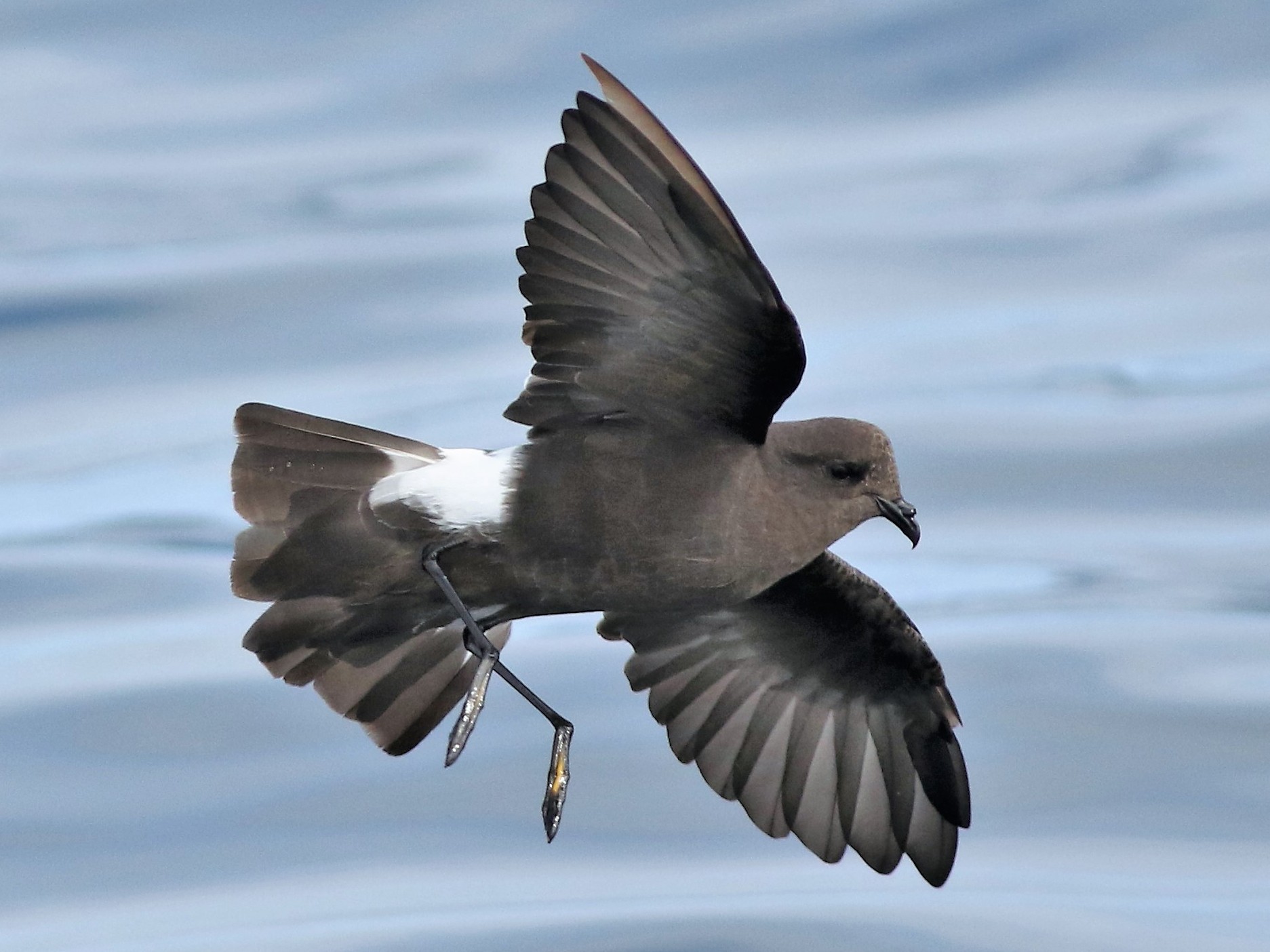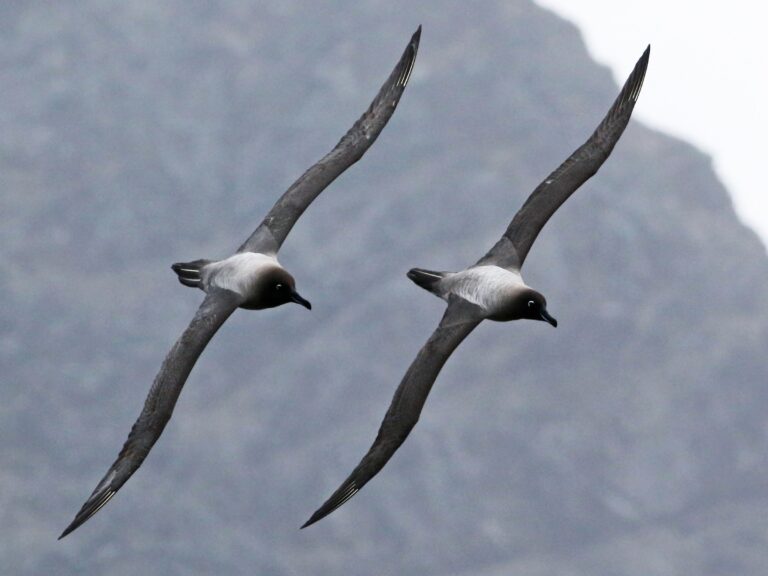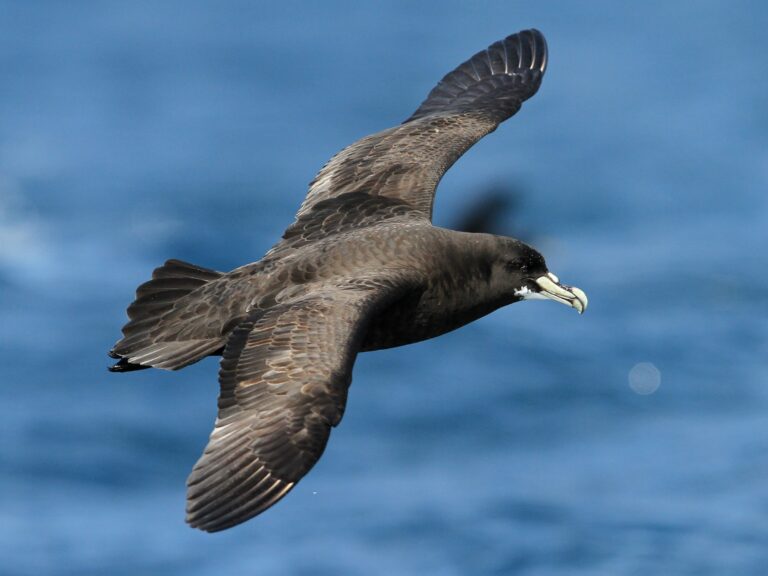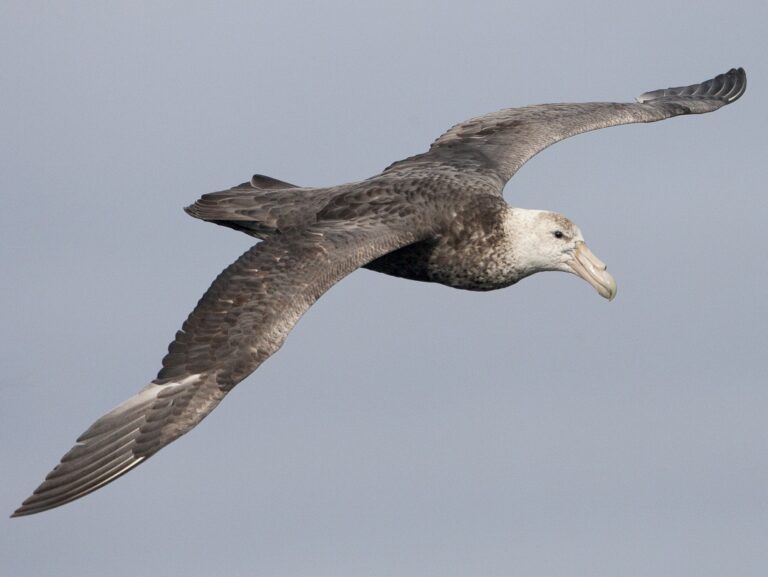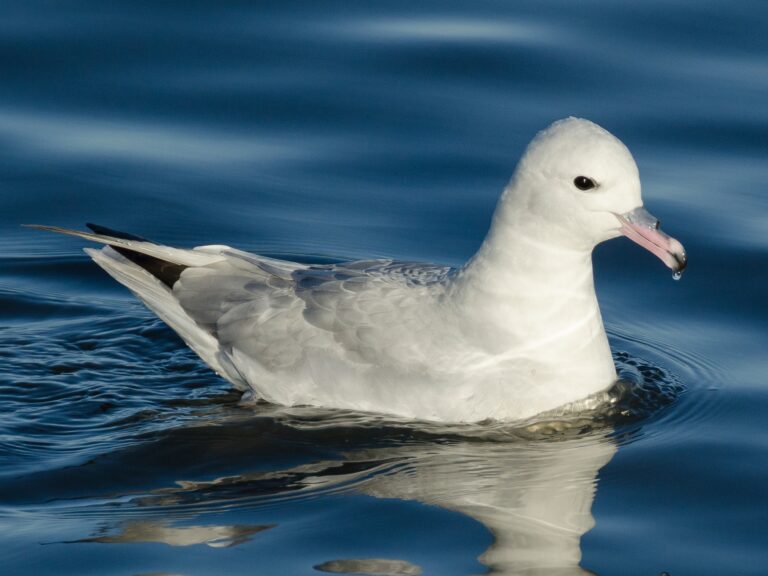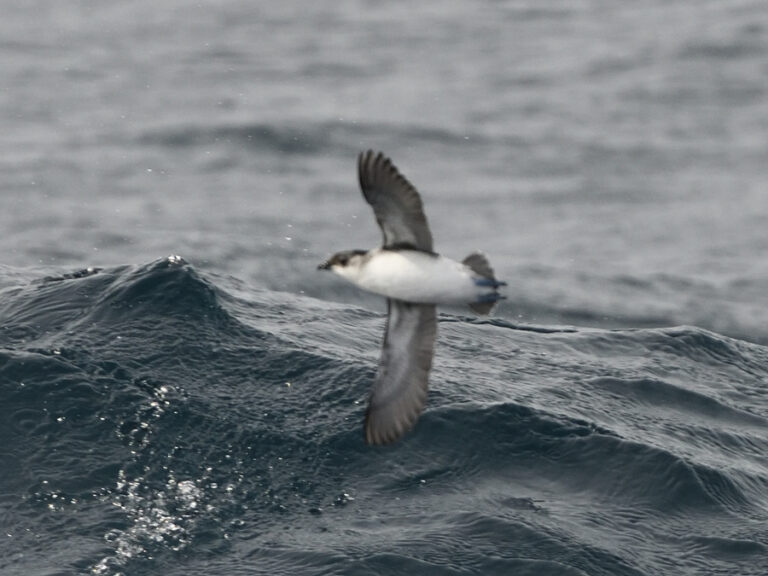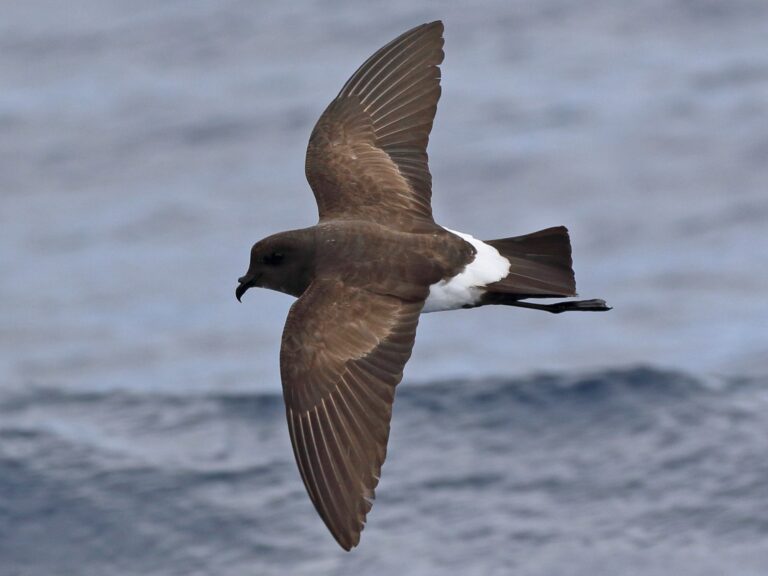Wilson’s Storm-Petrel: A Comprehensive Overview of Its Habitat and Behavior
Wilson’s Storm-Petrel, known scientifically as Oceanites oceanicus, is a fascinating seabird that captivates birdwatchers and nature enthusiasts alike.
This small, agile bird is renowned for its remarkable ability to glide over ocean waves. This makes it an expert at finding food in the roughest marine conditions.
Reproduction and nesting habits of Wilson’s Storm-Petrel are equally intriguing, as they breed in remote locations, often far from human disturbance.
These seabirds are not only vital to their ecosystems but also face numerous conservation challenges. Threats such as climate change, habitat loss, and pollution can significantly impact their populations.
Understanding Wilson’s Storm-Petrel’s habitat and distribution helps shed light on what can be done to protect these remarkable birds from further decline.
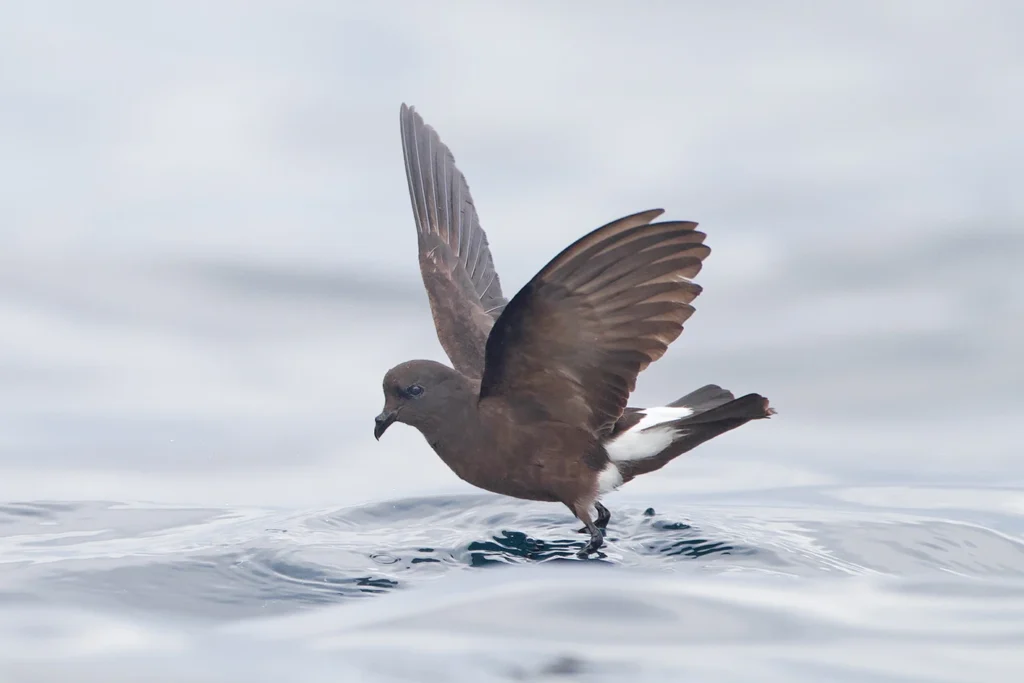
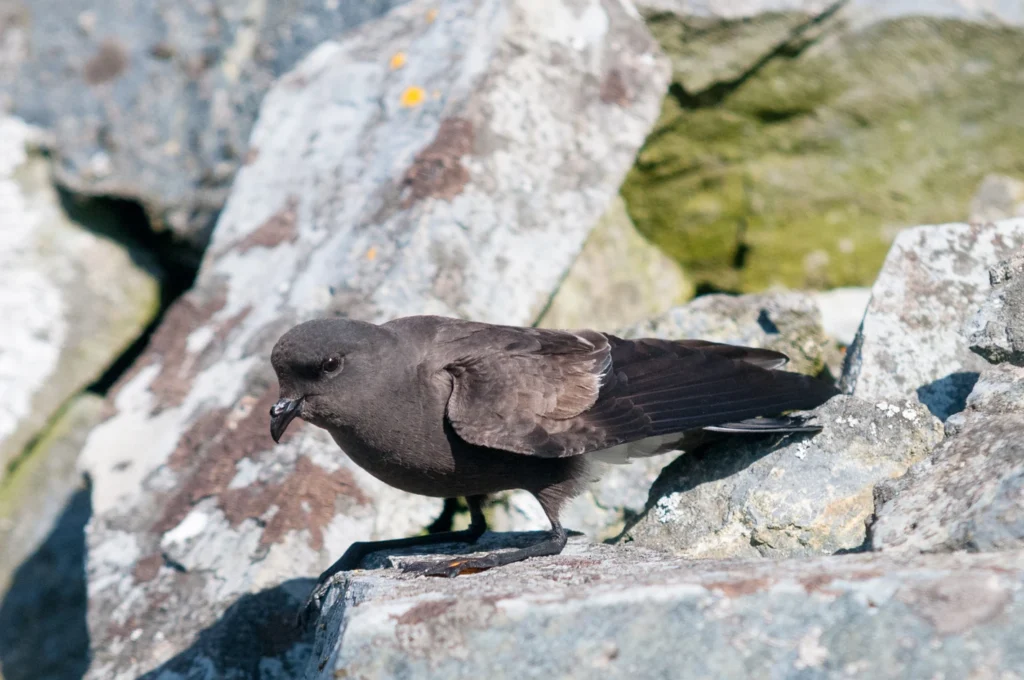
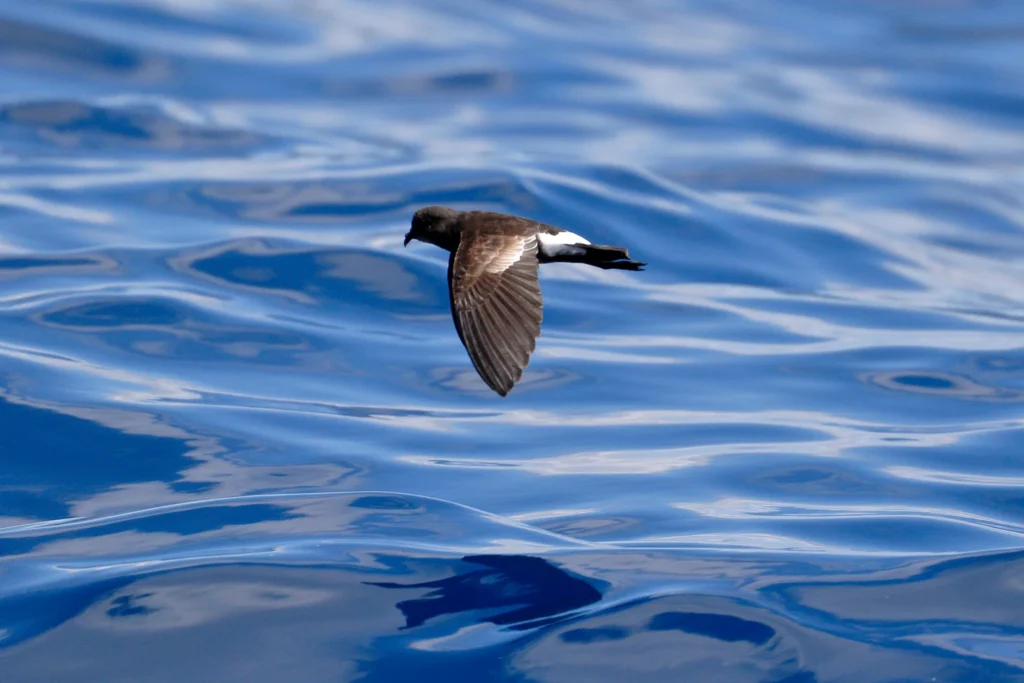
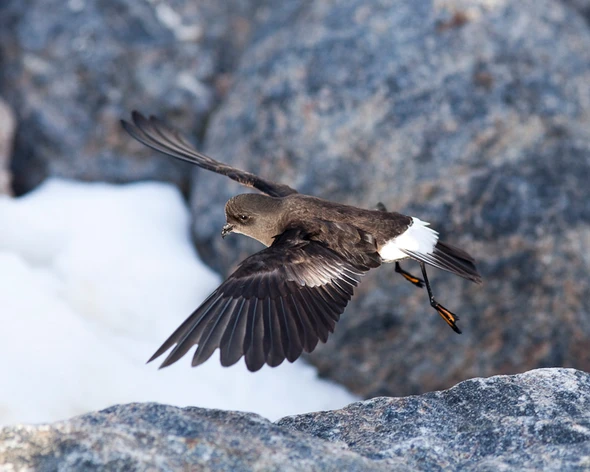
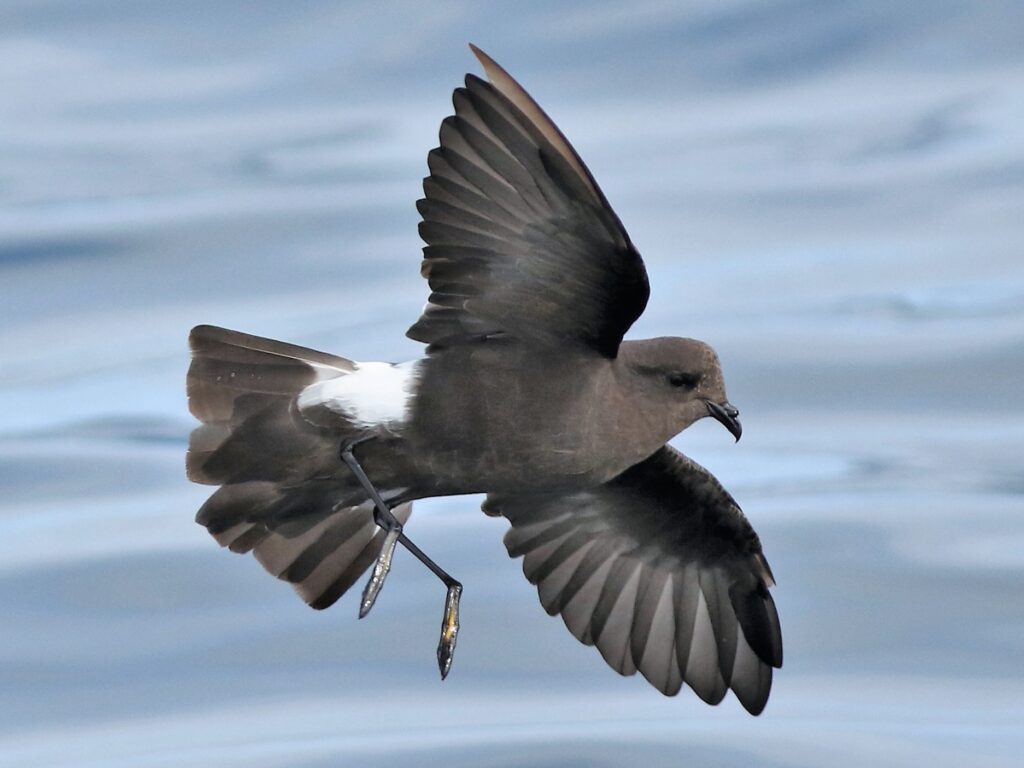
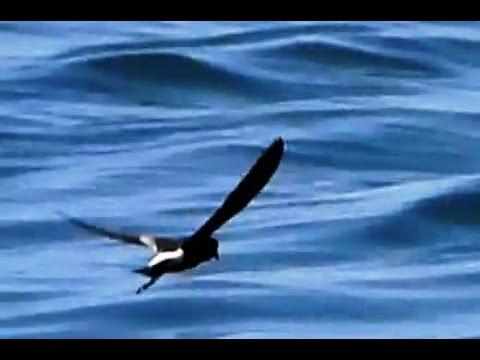
Key Takeaways
- Wilson’s Storm-Petrel is an agile seabird, essential for marine ecosystems.
- Breeding habits occur in remote regions, minimizing human interference.
- Conservation efforts are crucial to protect this species from various threats.
Taxonomy and Description
Wilson’s Storm-Petrel is a small seabird that belongs to the family Hydrobatidae. Its classification and physical features provide insightful details about its identity and behavior in marine environments.
Species Classification
Wilson’s Storm-Petrel is scientifically known as Oceanites oceanicus. It is part of the order Procellariiformes, which includes various seabirds known for their ability to glide over the ocean.
This species is one of the smallest among storm-petrels. It primarily breeds in sub-Antarctic regions, notably on islands like the South Shetland Islands and South Georgia.
The IUCN Red List classifies Wilson’s Storm-Petrel as “Least Concern,” indicating that it currently has a stable population.
Its family, Hydrobatidae, comprises other storm-petrels, but Oceanites oceanicus is distinct due to several behavioral and morphological traits.
Physical Characteristics
Wilson’s Storm-Petrel is characterized by its slender body and long wings.
Adults typically measure about 25–30 cm in length, with a wingspan ranging from 60 to 70 cm.
The plumage is mostly dark brown above, with a contrasting white belly.
One of the unique features of this bird is its “dancing” flight pattern, which involves fluttering and gliding just above the water’s surface.
The legs are short, and the bill is thin and hooked, adapted for catching small fish and plankton.
These physical traits help Wilson’s Storm-Petrel navigate the rough seas where it forages for food.
The bird’s lightweight build allows it to travel long distances over the ocean, making it an expert in aerial foraging.
Habitat and Distribution
Wilson’s Storm-Petrel is primarily associated with cold waters and is known for its strong connections to various Antarctic and subantarctic regions. Understanding its geographic range and migration patterns is crucial to studying this pelagic bird.
Geographic Range
Wilson’s Storm-Petrel is mostly found in the Southern Hemisphere. Its breeding grounds are located mainly on islands around Antarctica and the Subantarctic Islands.
Important breeding sites include South Georgia and the South Shetland Islands.
During the non-breeding season, these birds can be spotted across the Atlantic Ocean and other southern oceans.
They prefer open waters, where they often forage and feed on small marine organisms.
Migration Patterns
Wilson’s Storm-Petrel exhibits a pattern of seasonal migration.
After the breeding season, they migrate northward from their breeding grounds. This migration typically occurs during late summer to early autumn.
They travel significant distances seeking warmer waters for feeding.
Their movements are often linked to ocean currents and the availability of prey.
In winter, some birds may travel as far as the equator, while others remain in more temperate regions.
Breeding and Nesting
Wilson’s Storm-Petrel exhibits unique breeding traits and nesting preferences crucial for their reproductive success. Their mating and nesting behaviors adapt to the harsh environments they inhabit, ensuring the survival of their young.
Mating Behavior
Mating typically occurs during the Antarctic summer. The male performs a series of aerial displays to attract a female.
This includes fluttering and calling to indicate his fitness as a mate.
Once paired, they usually stay together for the breeding season.
The birds often return to the same nesting site year after year. This strong pair bond helps enhance their breeding success.
Wilson’s Storm-Petrels may lay one egg per breeding season, which they incubate for about 40 to 50 days.
Both parents share the responsibility of incubating the egg and feeding the chick after it hatches.
Nesting Sites
Wilson’s Storm-Petrels prefer to nest in burrows or crevices, often found among rocky terrain or under vegetation.
The nesting sites are typically located close to the ocean, which provides easy access to food.
These birds often compete for nesting sites, leading to a hierarchy. Established pairs may defend their nests fiercely against intruders.
Nests consist of a simple structure lined with materials like feathers, moss, and grass.
This nesting material helps keep the egg insulated. The choice of site and materials can significantly impact the success of the breeding season.
Feeding Habits
Wilson’s Storm-Petrels have distinct feeding habits that are vital for their survival. Their diet mainly consists of small fish and other marine organisms, which they acquire using strategic foraging methods.
Diet
The primary diet of Wilson’s Storm-Petrels includes small fish, krill, and other tiny marine creatures.
A significant part of their food intake is made up of stomach oil.
This oil is highly energy-dense and can make up about 42% of the mass of a typical feed.
Stomach oil helps them sustain energy during long flights and is crucial, especially for their nestlings, as it provides concentrated nutrition.
Fish Predators:
Some critical fish prey species include myctophids, which are known for their deep-sea habitats.
Wilson’s Storm-Petrels target these fish during their foraging trips over oceanic waters.
This specialized diet is essential for the petrel’s reproductive success and energy needs, particularly during breeding seasons.
Foraging Strategies
Wilson’s Storm-Petrels utilize various foraging strategies to capture food.
They often engage in a behavior known as “hovering,” where they remain suspended above the water to spot prey.
This technique allows them to observe schools of fish or swarms of krill in the water.
They are also known to follow fishing vessels.
The storm-petrels take advantage of the leftover fish scraps from these boats, leading to increased feeding opportunities.
Observation of their feeding behavior shows that they are skilled at snatching food from the water’s surface, which is crucial for their survival in marine environments.
These strategies highlight their adaptability and skill in a competitive ecosystem shared with other seabirds like shearwaters and other storm-petrels.
Conservation and Threats
Wilson’s Storm-Petrel faces various challenges that impact its population and habitat. Understanding its conservation status and natural predators is crucial for effective management and protection efforts.
Conservation Status
Wilson’s Storm-Petrel is currently listed as a species of “Least Concern” by the IUCN. Despite this classification, certain populations have shown significant declines.
For instance, research indicates that populations in some regions have dropped by almost 90% over the past few decades.
Threats to their survival include habitat destruction, climate change, and pollution.
Oil spills and plastic debris pose significant risks.
Conservation efforts focus on habitat protection and the establishment of marine reserves.
Regular monitoring of population dynamics is also essential to assist in identifying critical areas needing protection.
Natural Predators
Natural predators for Wilson’s Storm-Petrel include larger seabirds and mammals.
Predatory species such as gulls and skuas have been known to target the nests and chicks. These predators can significantly impact local breeding success.
Introduced species, like rats and cats, increase threats to storm-petrel populations, especially on island habitats where these birds typically breed.
The presence of these predators needs to be managed to protect vulnerable nests.
Conservationists advocate for programs that eliminate or control these invasive species to enhance survival rates for Wilson’s Storm-Petrel.
Frequently Asked Questions
Wilson’s storm-petrel has several unique features that set it apart from other similar species. This section explores its distinct physical traits, vocalizations, diet, breeding locations, and interesting behaviors.
What distinguishes the Wilson’s storm-petrel from the Leach’s storm-petrel in physical appearance and behavior?
Wilson’s storm-petrel has a dark plumage with a white rump and a distinctive appearance compared to the Leach’s storm-petrel, which has a more defined white belly.
Behaviorally, Wilson’s storm-petrels are more likely to flutter over the water’s surface while foraging, unlike Leach’s storm-petrels, which often glide.
What can you tell me about the size and weight range of Wilson’s storm-petrels?
Wilson’s storm-petrels typically measure around 25 to 30 centimeters in length.
Their wingspan ranges from about 60 to 70 centimeters.
These birds weigh between 30 and 50 grams, making them relatively small among seabirds.
Can you describe the typical sounds or vocalizations made by Wilson’s storm-petrels?
Wilson’s storm-petrels produce a variety of sounds, including a series of soft “chirps” or “purring” calls.
These vocalizations are often heard during the breeding season and play a role in communication between mates and nestlings.
What kind of diet does the Wilson’s storm-petrel have, and how does it procure its food?
Wilson’s storm-petrel mainly feeds on small fish and crustaceans. They hunt by skimming the water’s surface and picking up prey with their bills.
They can also consume food that is disturbed by larger predators.
Where does the Wilson’s storm-petrel typically breed, and what is its global distribution?
Wilson’s storm-petrels breed mainly on sub-Antarctic islands and in regions like South Georgia and the Falkland Islands.
Their global distribution includes the Southern Ocean, extending as far north as the coast of California.
What are some interesting behaviors or adaptations of Wilson’s storm-petrels?
These birds exhibit unique behaviors, such as their ability to smell food while flying over the ocean.
They also store energy by consuming stomach oil from prey, which provides high energy for long flights while foraging.
This adaptation is crucial for survival in their nutrient-scarce environments.
